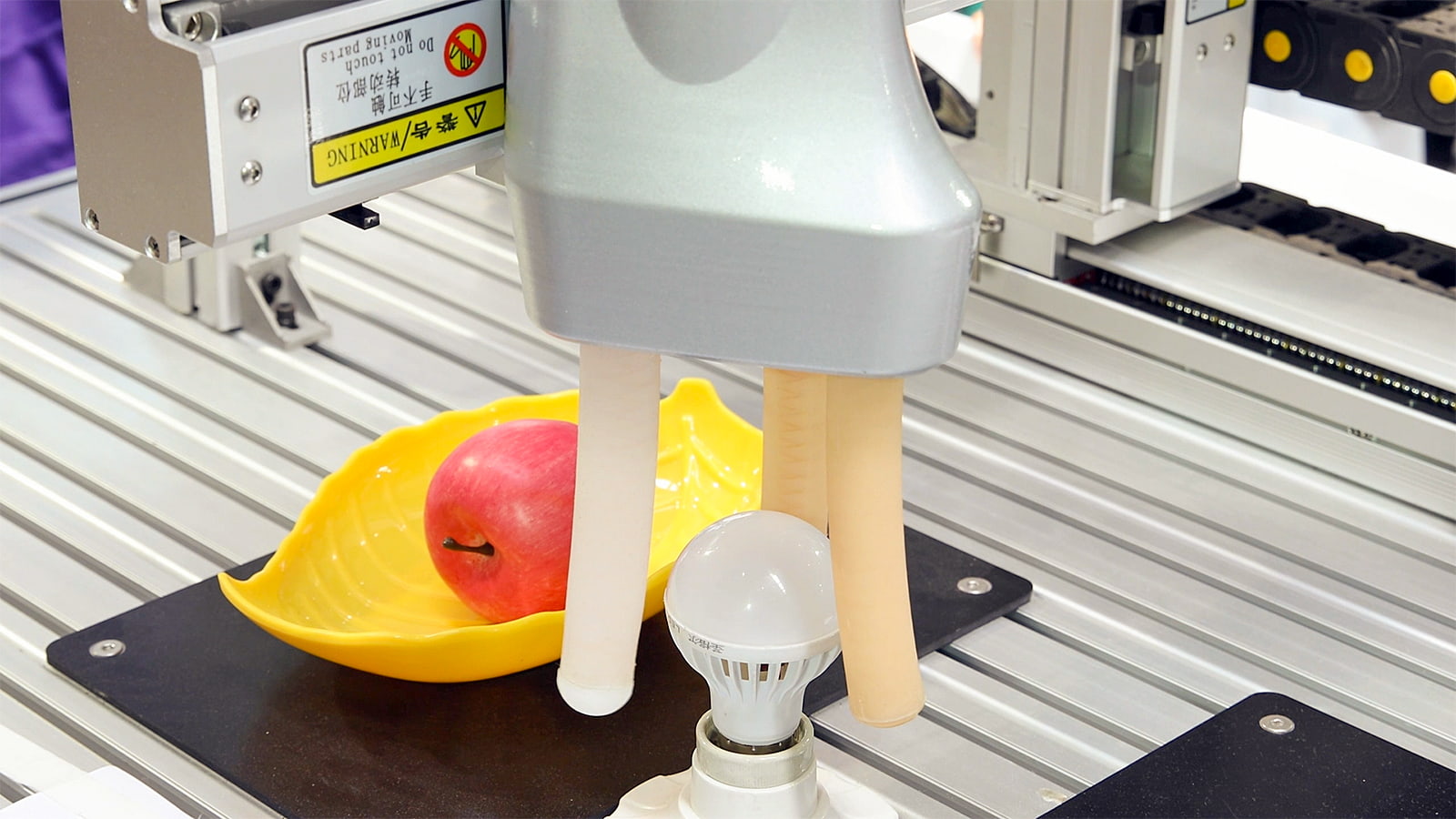Science
Innovating Soft Robotics: The Future of Flexible Technology

The field of robotics is evolving beyond traditional hard materials, venturing into the innovative realm of soft robotics. This new area focuses on pliable, jelly-like materials inspired by natural forms, particularly the adaptable structure of the octopus. Unlike conventional metal or plastic robots, soft robotics employs materials such as silicone rubber, which can stretch and deform, providing unique advantages in various applications.
Soft robotics technology is primarily driven by basic computer systems that utilize pressure and gas flow. This flexibility allows soft robots to interact safely with the human body, making them particularly suitable for use in medical applications like surgical implants and prosthetics. According to Dan Sameoto, a mechanical engineering professor, this technology can significantly reduce the risk of injury that might occur with more rigid structures.
Potential Applications in Everyday Life
Sameoto’s research aims to integrate soft robotics into functional clothing, ushering in a new era of adaptive apparel. He envisions a future where clothing responds to the wearer’s needs, adjusting to their body and environment. “In about five or ten years, we could have clothing that responds to your needs, adapting to your body and everyday environment,” Sameoto noted.
Such advancements could revolutionize safety and comfort. For instance, if an individual slips and falls, the clothing could provide support or function as body armor. Additionally, for those experiencing tremors, this technology could help mitigate their condition by offering calming assistance.
The potential impact of soft robotics extends beyond clothing. Researchers are exploring diverse applications, including rehabilitation devices and assistive technologies that cater to individuals with disabilities. The materials and designs used in soft robotics could lead to more effective solutions that improve quality of life.
The Future of Soft Robotics
As research continues, the possibilities for soft robotics appear limitless. With advancements in materials science and engineering, the integration of soft robotics into everyday products could become a reality sooner than anticipated.
Investments in this field are steadily increasing, reflecting a growing recognition of its potential to transform various industries. As the technology matures, it may lead to safer, more efficient, and adaptive products that enhance human interaction with machines.
The future of soft robotics not only promises innovation in technology but also a deeper understanding of how to create machines that work harmoniously with the human body. As experts like Sameoto continue to push the boundaries, the dream of flexible, responsive robotics is edging closer to reality.
-

 Education3 months ago
Education3 months agoBrandon University’s Failed $5 Million Project Sparks Oversight Review
-

 Science4 months ago
Science4 months agoMicrosoft Confirms U.S. Law Overrules Canadian Data Sovereignty
-

 Lifestyle3 months ago
Lifestyle3 months agoWinnipeg Celebrates Culinary Creativity During Le Burger Week 2025
-

 Health4 months ago
Health4 months agoMontreal’s Groupe Marcelle Leads Canadian Cosmetic Industry Growth
-

 Science4 months ago
Science4 months agoTech Innovator Amandipp Singh Transforms Hiring for Disabled
-

 Technology3 months ago
Technology3 months agoDragon Ball: Sparking! Zero Launching on Switch and Switch 2 This November
-

 Education3 months ago
Education3 months agoRed River College Launches New Programs to Address Industry Needs
-

 Technology4 months ago
Technology4 months agoGoogle Pixel 10 Pro Fold Specs Unveiled Ahead of Launch
-

 Business3 months ago
Business3 months agoRocket Lab Reports Strong Q2 2025 Revenue Growth and Future Plans
-

 Technology2 months ago
Technology2 months agoDiscord Faces Serious Security Breach Affecting Millions
-

 Education3 months ago
Education3 months agoAlberta Teachers’ Strike: Potential Impacts on Students and Families
-

 Science3 months ago
Science3 months agoChina’s Wukong Spacesuit Sets New Standard for AI in Space
-

 Education3 months ago
Education3 months agoNew SĆIȺNEW̱ SṮEȽIṮḴEȽ Elementary Opens in Langford for 2025/2026 Year
-

 Technology4 months ago
Technology4 months agoWorld of Warcraft Players Buzz Over 19-Quest Bee Challenge
-

 Business4 months ago
Business4 months agoNew Estimates Reveal ChatGPT-5 Energy Use Could Soar
-

 Business3 months ago
Business3 months agoDawson City Residents Rally Around Buy Canadian Movement
-

 Technology2 months ago
Technology2 months agoHuawei MatePad 12X Redefines Tablet Experience for Professionals
-

 Business3 months ago
Business3 months agoBNA Brewing to Open New Bowling Alley in Downtown Penticton
-

 Technology4 months ago
Technology4 months agoFuture Entertainment Launches DDoD with Gameplay Trailer Showcase
-

 Technology4 months ago
Technology4 months agoGlobal Launch of Ragnarok M: Classic Set for September 3, 2025
-

 Technology4 months ago
Technology4 months agoInnovative 140W GaN Travel Adapter Combines Power and Convenience
-

 Science4 months ago
Science4 months agoXi Labs Innovates with New AI Operating System Set for 2025 Launch
-

 Top Stories2 months ago
Top Stories2 months agoBlue Jays Shift José Berríos to Bullpen Ahead of Playoffs
-

 Technology4 months ago
Technology4 months agoNew IDR01 Smart Ring Offers Advanced Sports Tracking for $169










